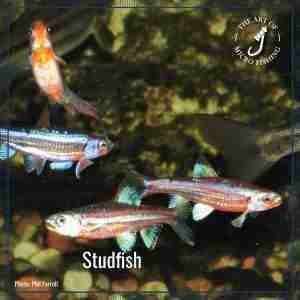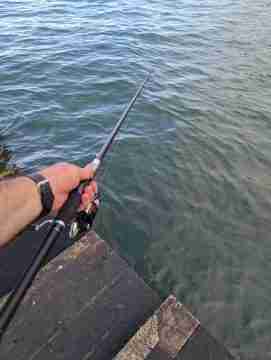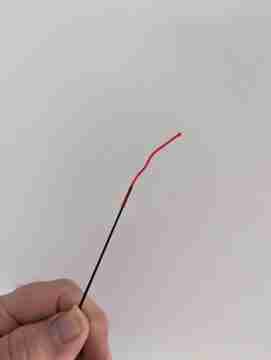The Ultimate Guide to Microfishing: Dive into the World of Tiny Treasures!
Welcome to the captivating world of microfishing, where the thrill of the catch isn’t about size but the sheer diversity of species. As featured in the latest edition of our renowned fishing magazine, we delve deep into the art of targeting the tiniest of fish, often overlooked by the mainstream angling community.
Unraveling the Microfishing Mystery
Microfishing stands apart from traditional angling. It’s not about landing the biggest catch but about appreciating the beauty and diversity of the smaller species. Imagine reeling in fish no larger than your pinkie finger, using specialized gear tailored for these miniature marvels.
 Fishing rod, floats, and basket. Photo:Dony Surahman
Fishing rod, floats, and basket. Photo:Dony Surahman
The Microfishing Gear Breakdown
Having been an angler for years, my journey into microfishing began as an exploration of the lesser-known species in the US and Canada. While I had previously focused on popular game fish like bass and bluegill microfishing opened up a vibrant world of tiny, colorful species right beneath our feet.
Essential Gear for the Modern Micro Angler:
- Hooks & Lines: Opt for small hooks like the Aldridge #1 and light leaders ranging from 1 to 4-pound test. Remember, the key is subtlety. Heavy lines can deter these wary species.
- Rods: Lightweight telescopic rods are your best friend. They’re portable and versatile, perfect for those spontaneous fishing sessions. The Art of Micro Fishing offers longer poles ideal for both microfishing and bluegill fishing.
- Sabiki Rigs: These multi-fly rigs are fantastic for catching a variety of micro fish. For more efficiency and fewer snags consider cutting them in half.
- Additional Tools: Equip yourself with knot tying tools, leader keepers, and small forceps. These will streamline your fishing process especially when dealing with tiny hooks and fish.
Crafting Your Own Gear
Many micro anglers, like Dony Surahman, craft their own gear using local materials. Whether it’s a bamboo rod or a handmade line holder, there’s a certain charm in using equipment you’ve crafted yourself.
The Microfishing Experience
The beauty of microfishing lies not just in the catch but in the entire experience. From the serenity of a spring-fed stream at dawn to the thrill of documenting each unique species, it’s an adventure like no other. A recommended read for every micro angler is the Peterson Field Guide to Freshwater Fishes, Second Edition.
Capture the Moment
Documenting your catch is crucial in microfishing. Not only does it help in species identification, but it also serves as a record for any future species classification. Using a photography box like an aquarium sick tank can help you get the perfect shot.
Dive into the World of Microfishing!
If you haven’t yet explored the realm of microfishing, now’s the perfect time. With the right gear and a keen eye, you’ll discover a whole new world teeming with life right at your feet. It’s not just about the catch; it’s about appreciating the smaller wonders of the aquatic world.
So, gear up, head out, and let the microfishing adventure begin!
Fishing rod, floats, and basket. Photo: Dony Surahman
Handmade tackle image: Dony Surahman
Article: Edward Johnson







Microfishing is usually pretty simple to get into. You don’t need a lot of expensive gear. One rod and some small hooks like the Onwer Smallest is good. Use worms and some sinkers and you are good to go.